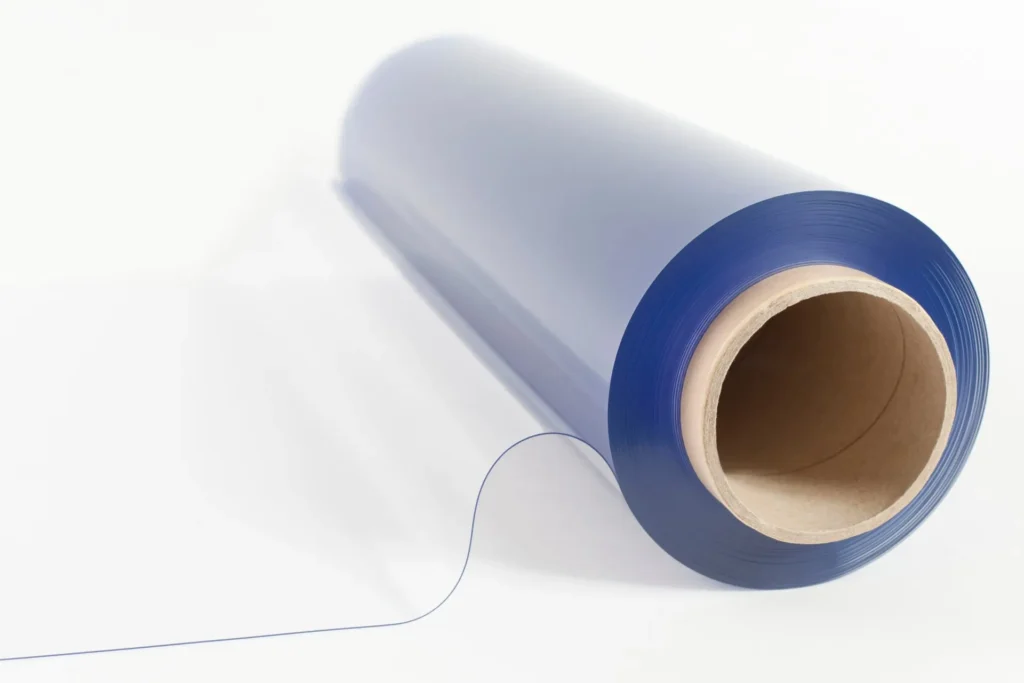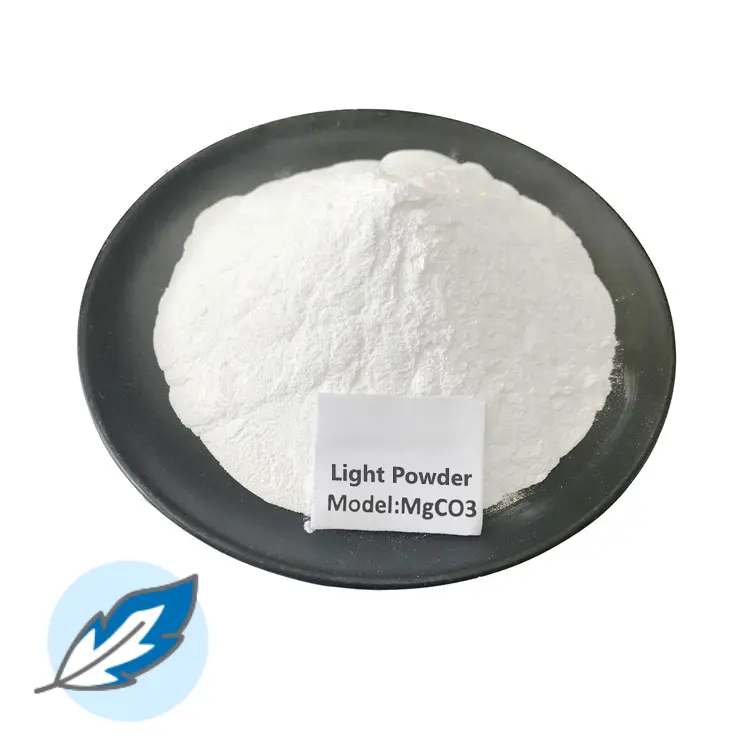In order to study the effect of the morphology of basic magnesium carbonate (BMC) on the mechanical properties of soft polyvinyl chloride (PVC), Messi Biology used magnesium chloride hexahydrate (MgCl2·6H2O) as a precursor to synthesize two different morphologies of BMC, flake (s-BMC) and flower ball (g-BMC), and used a self-made polyether titanate coupling agent (eTi4000) to modify their surfaces. The modified BMC was added to soft PVC, and a series of BMC/PVC composites were prepared by melt blending. The effects of BMC morphology and surface modification on the mechanical properties of BMC/PVC composites were analyzed.

The morphology of magnesium carbonate has a significant effect on its dispersion state in soft polyvinyl chloride (PVC), which directly affects the mechanical properties of the composite. The specific influence mechanism can be summarized as follows:
1. Dispersion and interface action: Magnesium carbonate with different morphologies (such as flake, needle, spherical, etc.) has different dispersibility in the PVC matrix. Small and uniform magnesium carbonate particles can be more evenly dispersed in PVC, forming good interfacial bonding, which is beneficial to improving the tensile strength and elongation at break of the composite material.
2. Stress concentration effect: Sharp or large-sized magnesium carbonate particles may cause stress concentration in the matrix, easily forming microcracks, thereby reducing the toughness of the composite material. On the contrary, spherical or elliptical fine particles can effectively reduce stress concentration and improve the impact strength of the material.
3. Reinforcement mechanism: Magnesium carbonate particles, like a “skeleton”, can form physical cross-linking points in the PVC matrix to enhance the overall strength of the material. In particular, magnesium carbonate with a high aspect ratio (such as fibrous or needle-shaped) can more effectively transfer loads and improve the modulus and compressive strength of the material.
4. Water absorption and thermal stability: The morphology of magnesium carbonate also affects its water absorption and the thermal stability of the material. Magnesium carbonate particles with a closed morphology can reduce water absorption and help maintain the dimensional stability and long-term performance of PVC composite materials.
Conclusion: eTi4000 modification can improve the hydrophobicity of sBMC and g-BMC, and can further improve the mechanical properties of the composites. Regardless of modification or not, the reinforcing effect of s-BMC is better than that of g-BMC; when the amount of BMC added is 50 parts, the Young’s modulus and yield strength of eTi4000-s-BMC/PVC composites reach 83.5 MPa and 14.9 MPa, respectively, which are 509.5% and 238.6% higher than those of the matrix PVC, and the mechanical properties are greatly improved. The reinforcing effect of s-BMC and eTi4000-s-BMC on soft PVC has important practical value.

